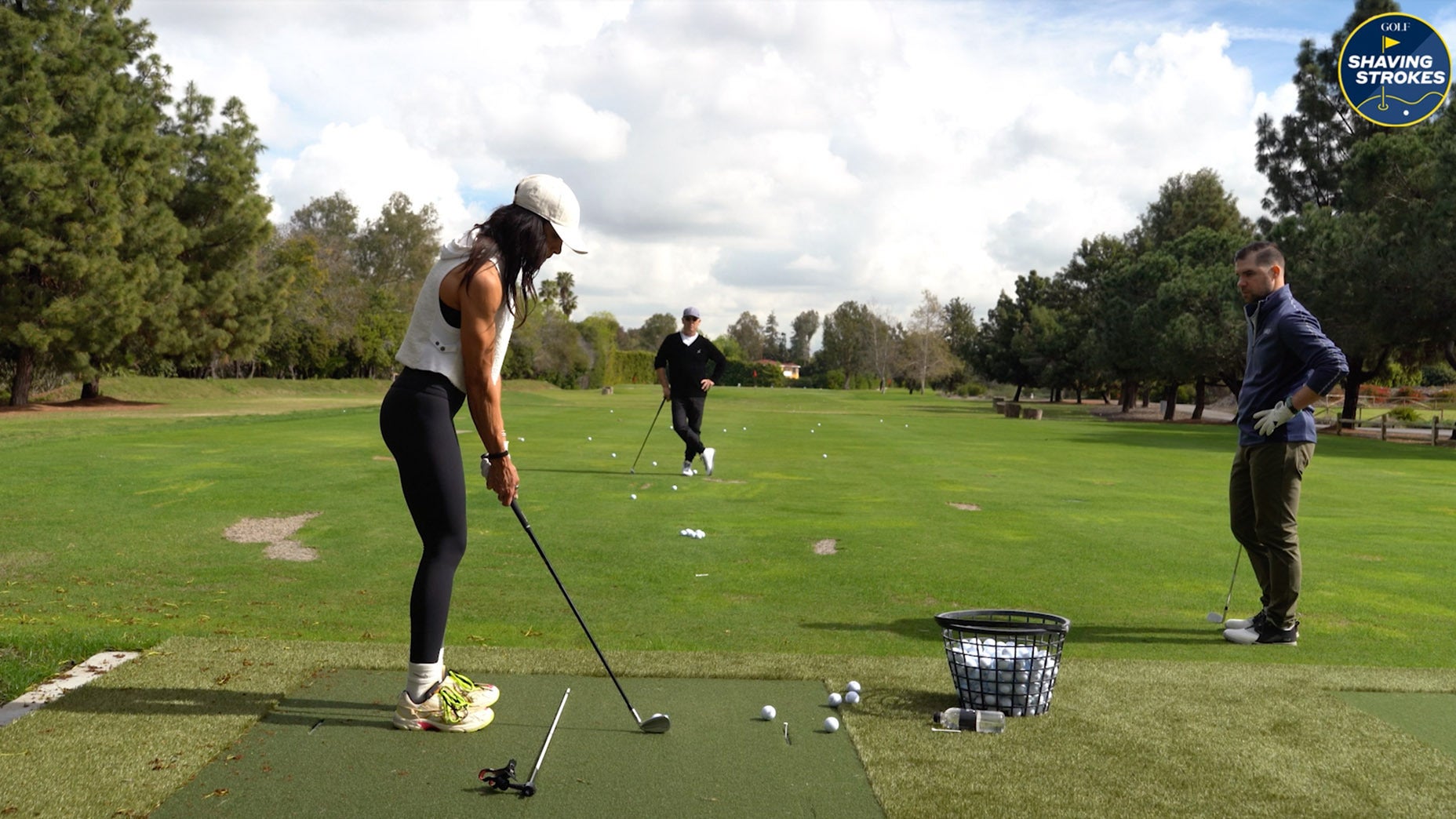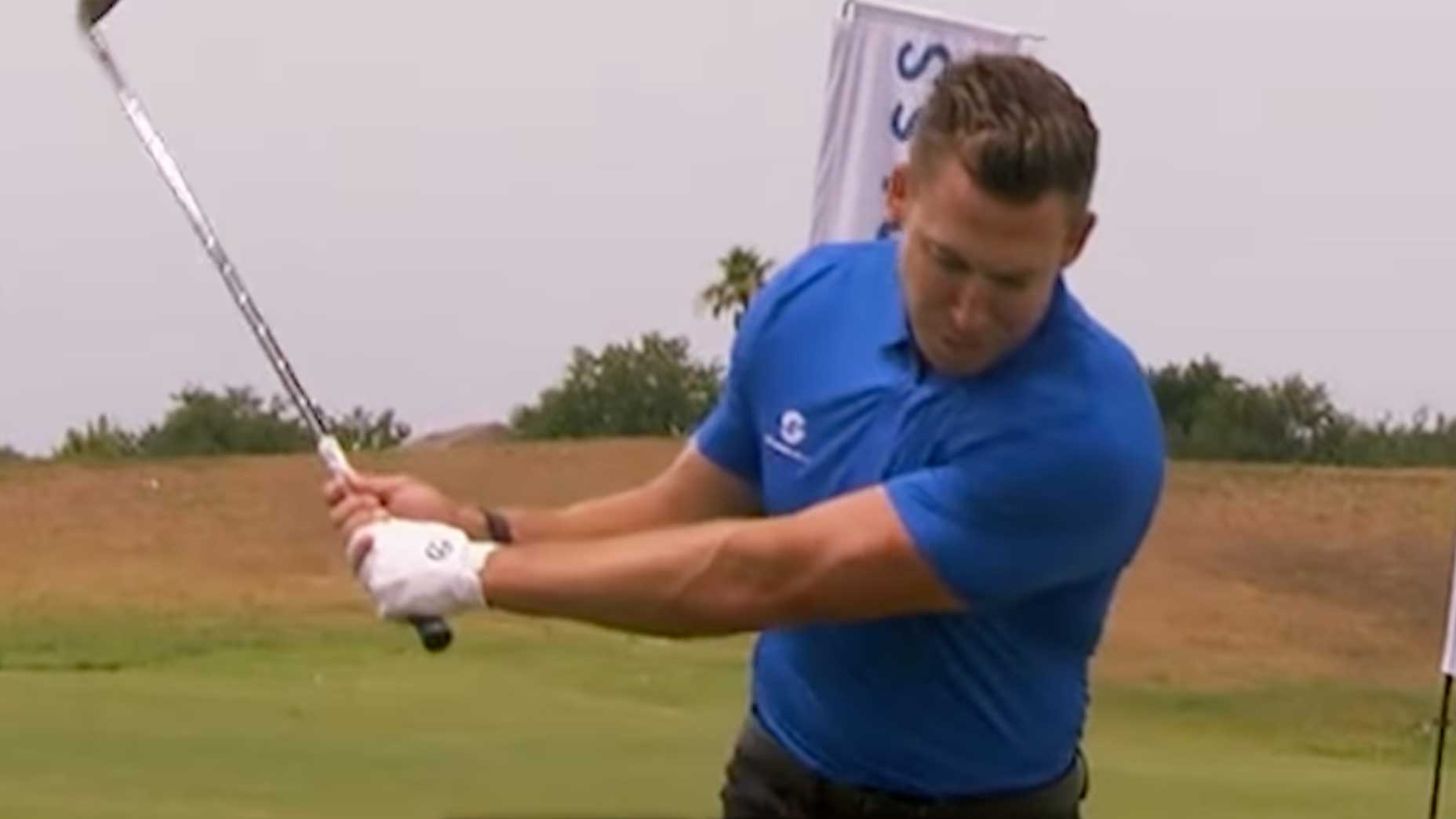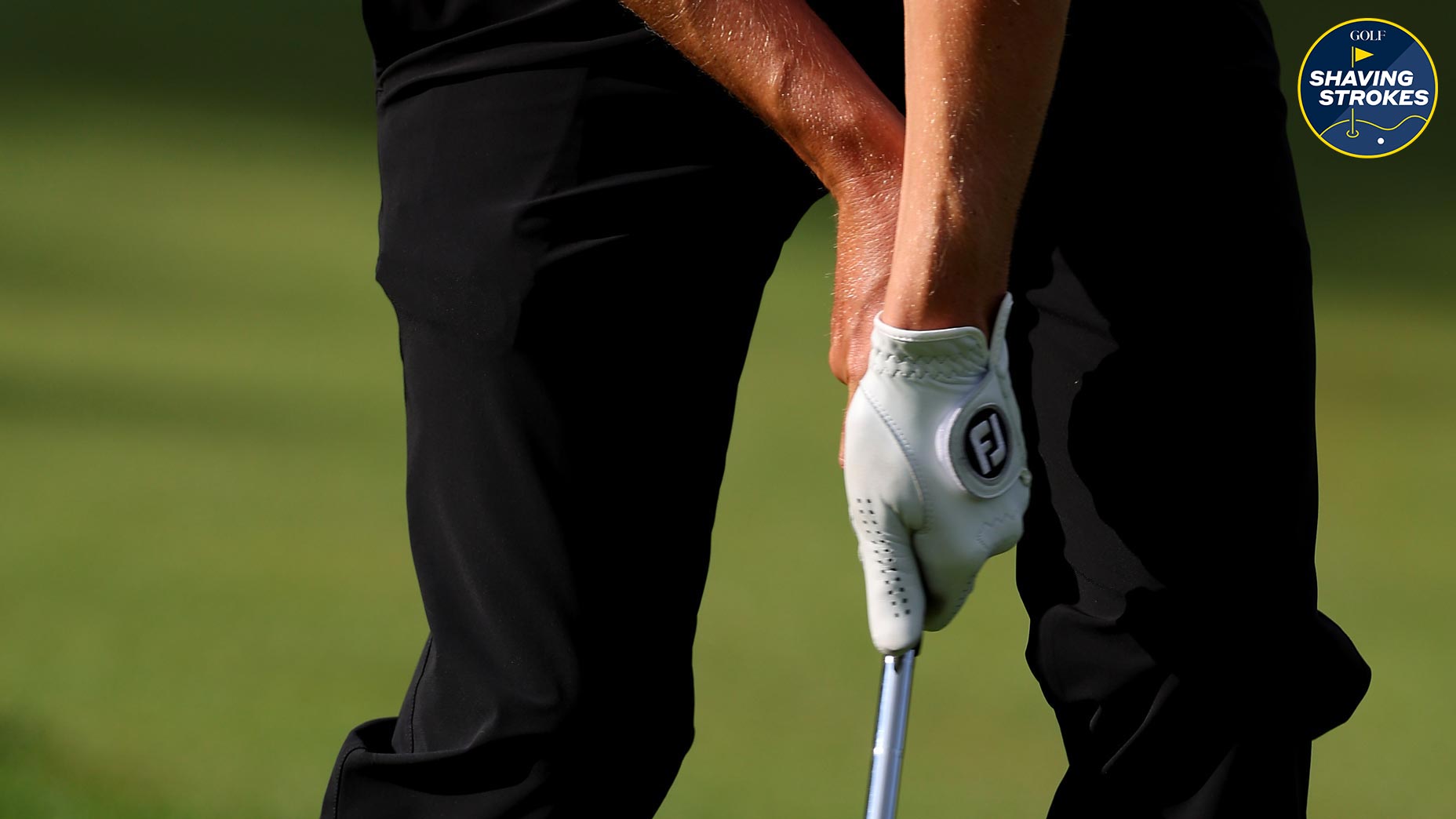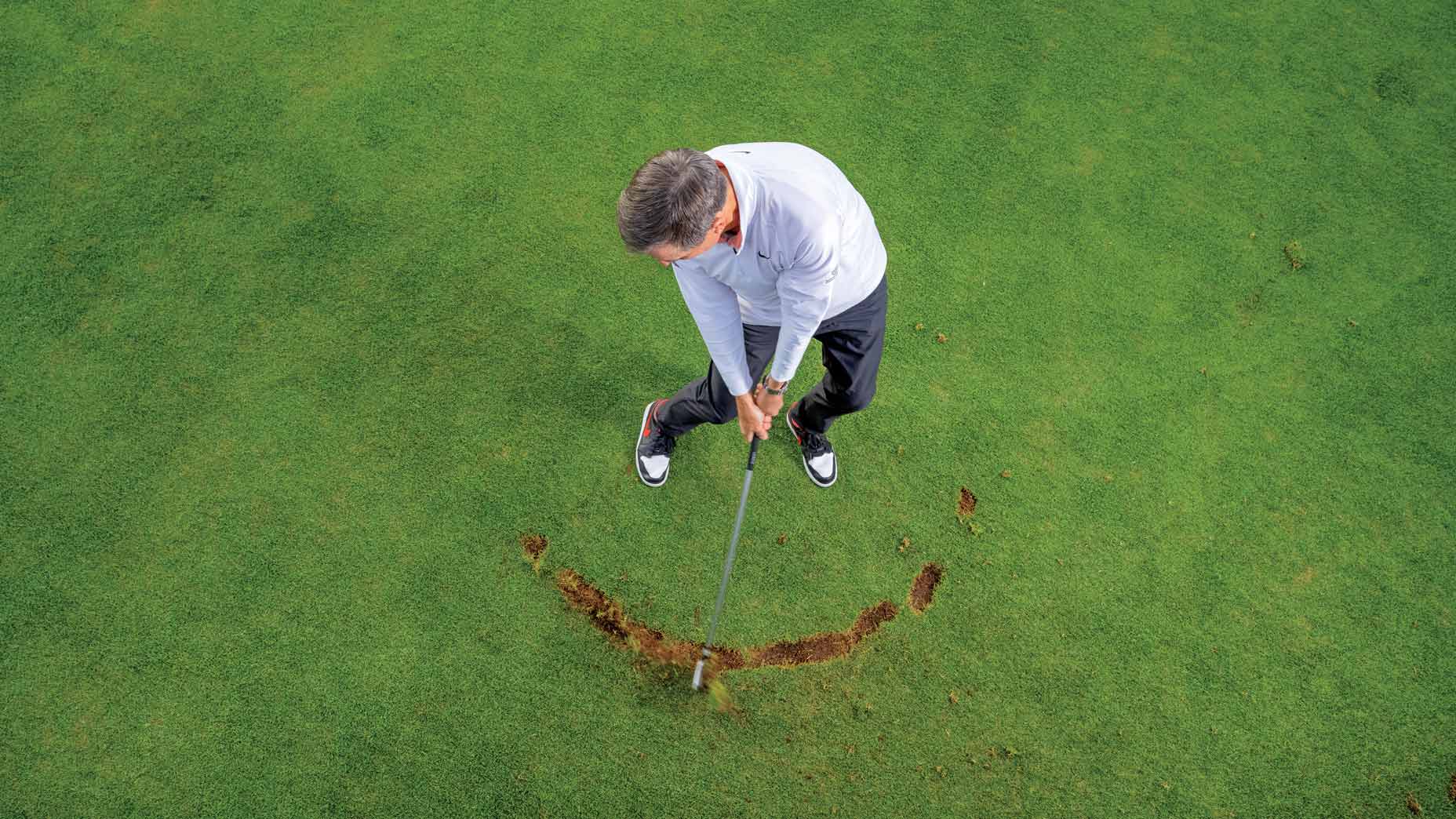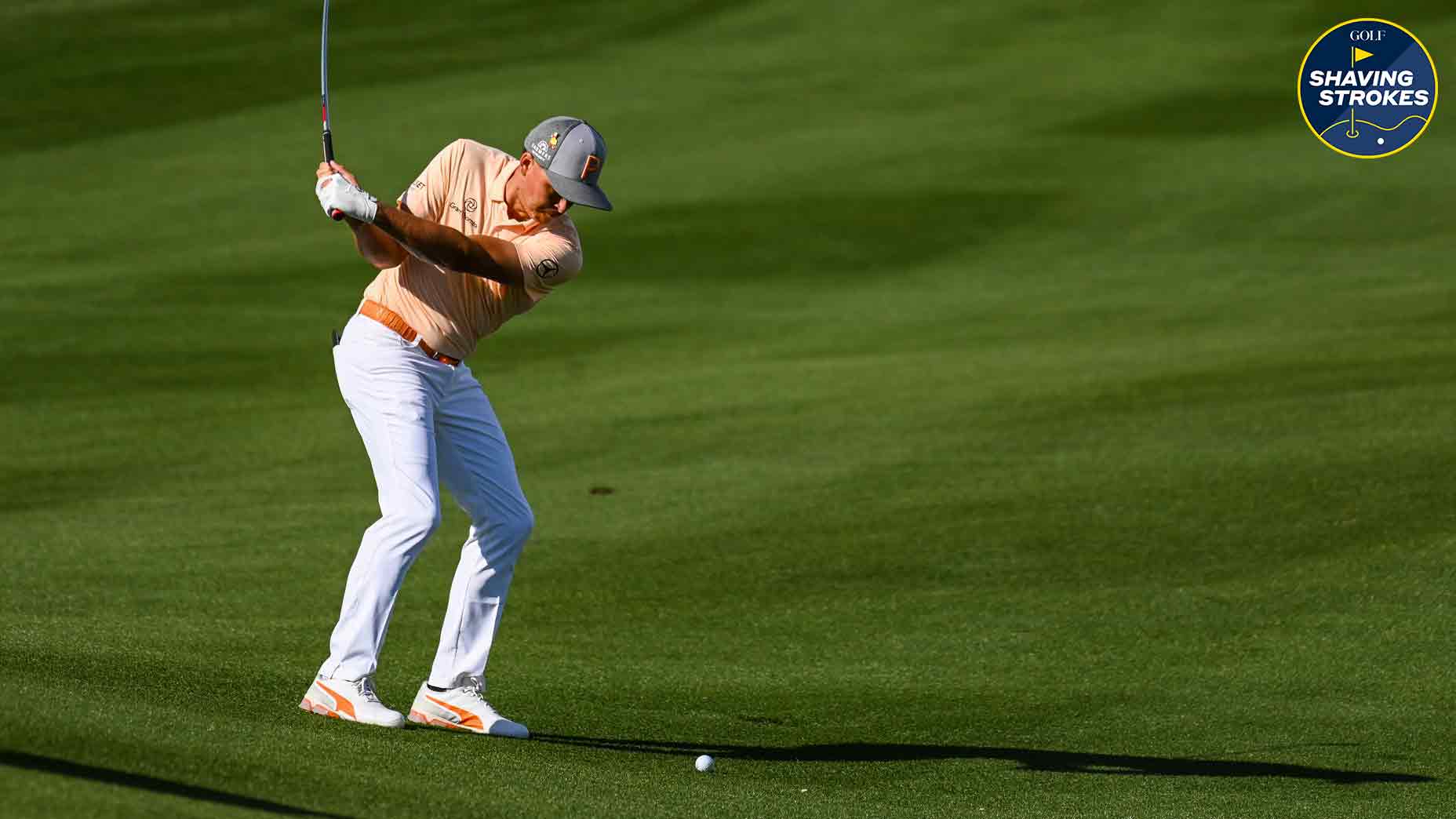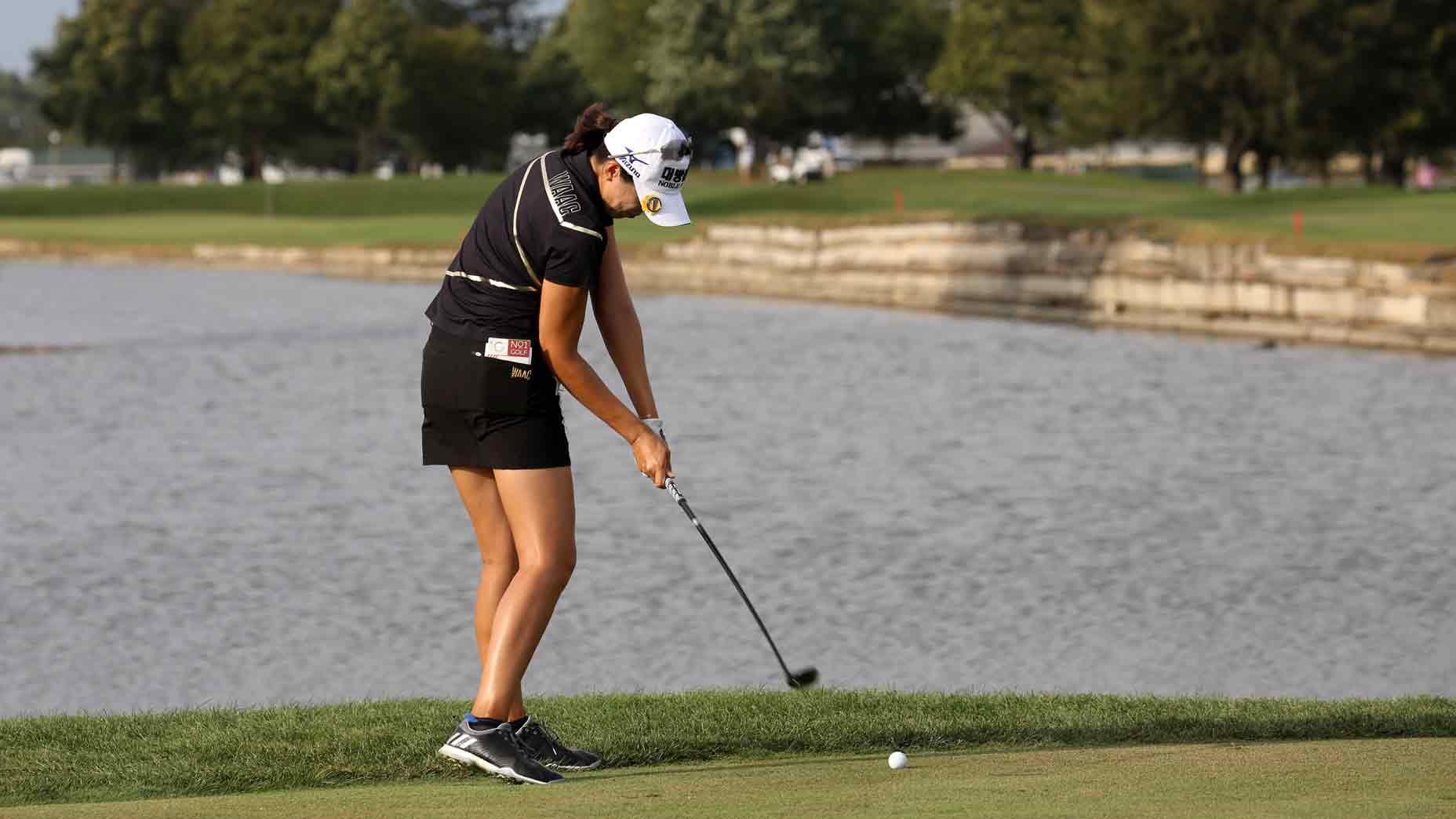10 ways to make the most of your practice time, per top teacher
- Share on Facebook
- Share on Twitter
- Share by Email
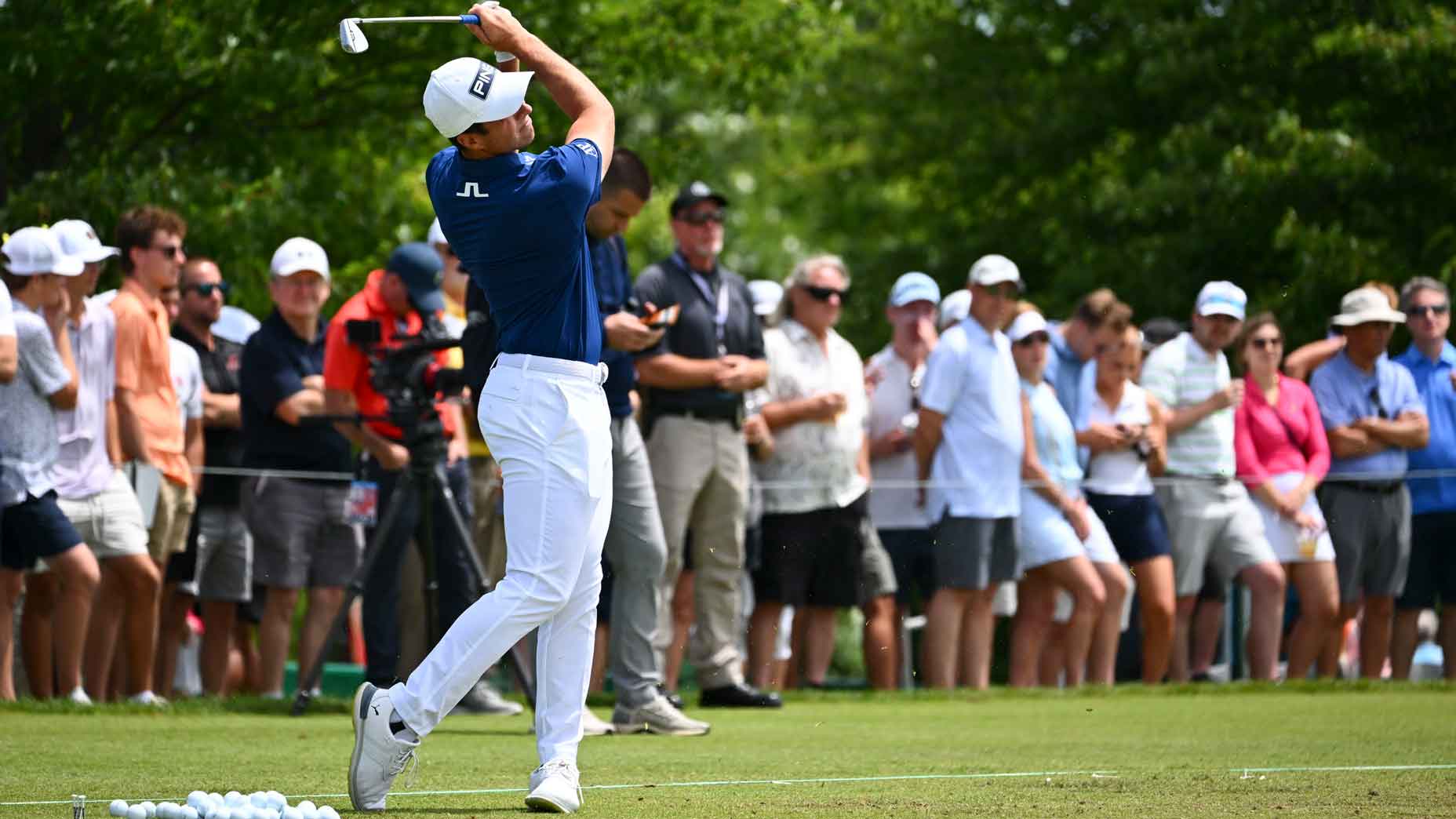
Golf practice can be tough to navigate, but these 10 tips help maximize your time.
Getty Images
If you’re someone who loves golf practice, good on you, because it’s difficult for many amateurs to truly commit to a regular routine or plan. Not only that, but finding the time to hit balls a few times a week can be tough as well, which means you’ve got to maximize your efforts whenever you do make it to the range.
So how can the regular Joe or regular Jane do that? By following my 10 suggestions below.

True Spec Fitting
How to maximize your golf practice
While playing a round is always more enjoyable, if you’re really trying to lower your scores, you need to practice off the course. When you do, and you maintain a regular routine, it will eventually pay off — as long as you have the correct practice plan.
It may feel like a grind at first, but by following the tips below, you’ll slowly see improvements and start scoring much lower.
1. Identify your weaknesses
While it might not always be the most fun, focusing on your pain points during your golf practice can make a huge difference. When you play golf, note where most of your strokes are lost and identify those areas to devote the majority of your time. Then simply work on those types of shots (with various club options) to start seeing improvement.
2. Full swing and short game
I often get asked what percentage of practice should be full swing versus working on the short game. Obviously, the answer depends on your individual game, but I always suggest breaking down the game into five basic skills: putting, chipping, pitching, bunker play, and full swing.
Now, instead of breaking things down to just short game versus full swing, how would you divvy up your practice time into each of those skill categories?
While newer golfers should spend more time on the full swing to get comfortable with fundamentals and reducing mishits with their irons, once that’s achieved, focusing on the short game is the fastest way towards dropping your scores.
3. The grip
Great players have great grips, with the attention to detail on every swing helping deliver the same clubface for each swing. So simply practicing the proper hand placement over and over can help with consistent ball flight.
There are tons of grip options out there, so find the one that’s both comfortable and successful for you.
4. Full swing (focus on solid contact)
Having solid contact with your full swing is a great goal to make during any golf practice. One of my favorite drills to help with this is to place a ball on a low tee and then stick two tees into the ground on both sides of the ball. The goal should be to hit only the ball tee and not the two outside tees — ensuring you’re making center-face contact.
5. Full swing (focus on technique – the results don’t matter)
Too many amateur golfers get frustrated when they aren’t seeing positive results during golf practice. But in some cases — like when you’re working on technique or swing adjustments — the outcome shouldn’t matter.
When you need to improve your technique, give yourself some grace and understand that it’ll take work to see the effort pay off. A good example of this would be making a grip adjustment if you’re a chronic slicer. You might hit some pulls or hooks in the beginning, but the new grip should become more comfortable (and successful!) as you commit to it.
6. Putting (short putts)
To score well, you need to master the short putts — and by short, I mean 3-6 feet from the hole.
I suggest practicing with an alignment aid to help with clubface aim, setup, and your stroke path. While I typically use a chalk line, if I don’t have time to set it up, I’ll just use my alignment ball to check that my ball’s on the proper line as it rolls towards the cup.
7. Putting (distance control)
To lower your scores, you need to reduce the amount of putts you have each round. To accomplish this, it requires dialing in you putting distance control, meaning you roll the first putt close enough to the cup that your second putt is stress-free.
Remember, your putting stroke controls distance, so this should be the most important factor.
One of my favorite practice drills is to take one ball and hit it back and forth between two different holes on the practice green, setting a goal to 2-putt or better 18 times in a row. This will help you adjust for uphill and downhill putts, as well as any opposite breaks, while also adding some pressure by making you accomplish it consecutively.
8. Chipping and pitching (solid contact first, then distance control)
I suggest working on short game practice in phases, starting with making solid contact on the first few shots — which allows you to check your technique. Then once you’ve accomplished that, advance to working on distance control and aiming to different targets.
9. Practice like you play
Once you complete your technical practice, it can be great to practice in the order that you play. So start with your tee shot and change clubs and targets like you would on the course, which allows you to mimic your decision-making on the course.
If you struggle with a particular shot during this process, don’t hesitate to spend a few minutes working on that before moving on.
10. Try 15 minutes of focused golf practice
Golf practice doesn’t have to be long to be effective. In fact, the idea of a long practice can be hard to schedule and intimidating, with many amateurs often skipping any practice for this reason.
Instead, I suggest trying a highly focused 15 minutes of practice, picking a shot and a distance and sticking with that for the entirety of your time.
For example, say you want to practice a 30-yard chip shot with your pitching wedge. Simply focus on the right technique, making center-face contact, and controlling distance in order to successfully improve that area of your game. By repeating these things in practice, it will pay off once you have this type of shot during a future round.
Looking for more golf content? Give me a follow on Instagram to get tips and playing advice.

FullSwing KIT Launch Monitor
$4999
View Product
Latest In Instruction

Golf.com

Nick Dimengo
Golf.com Editor


